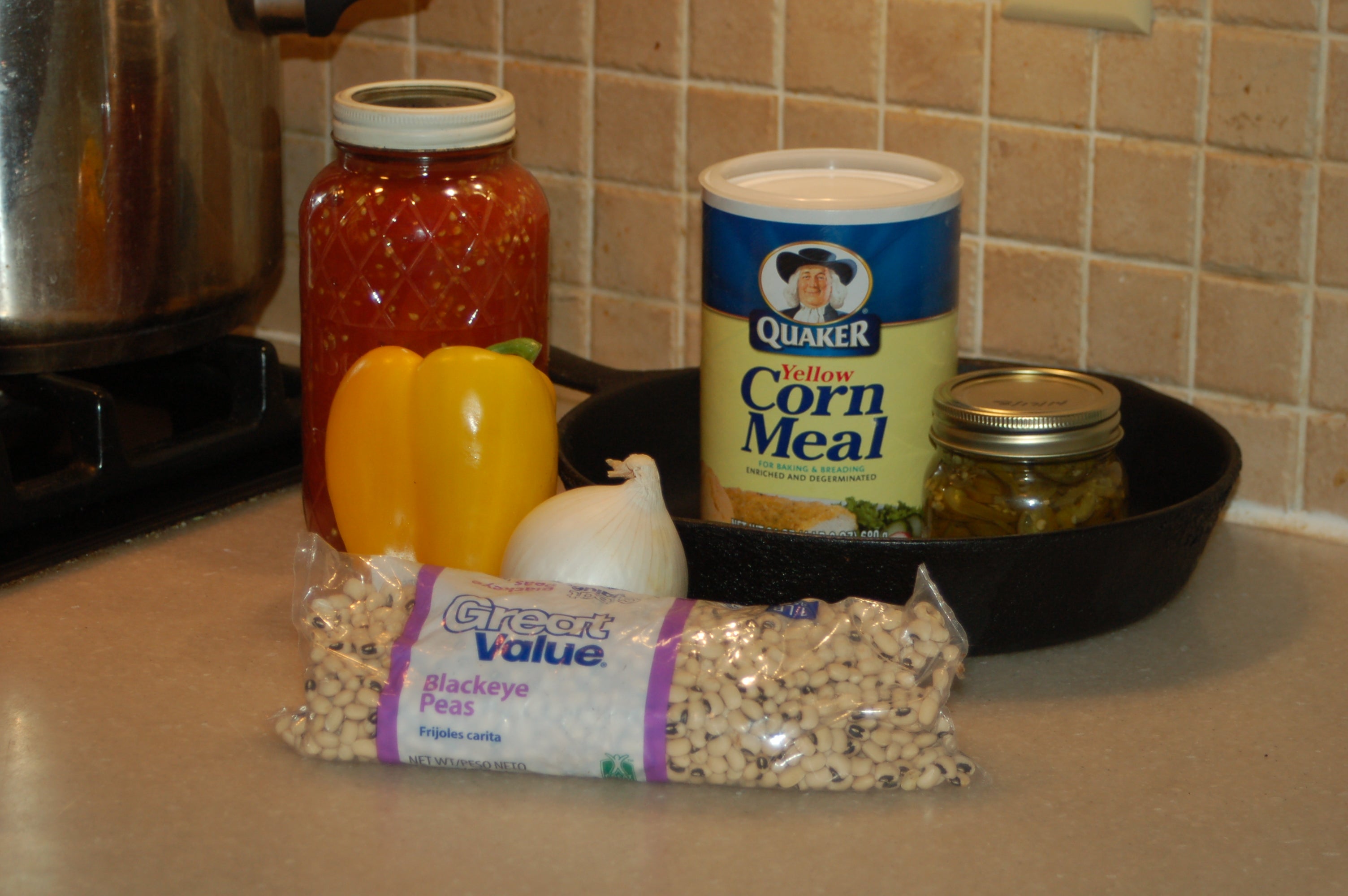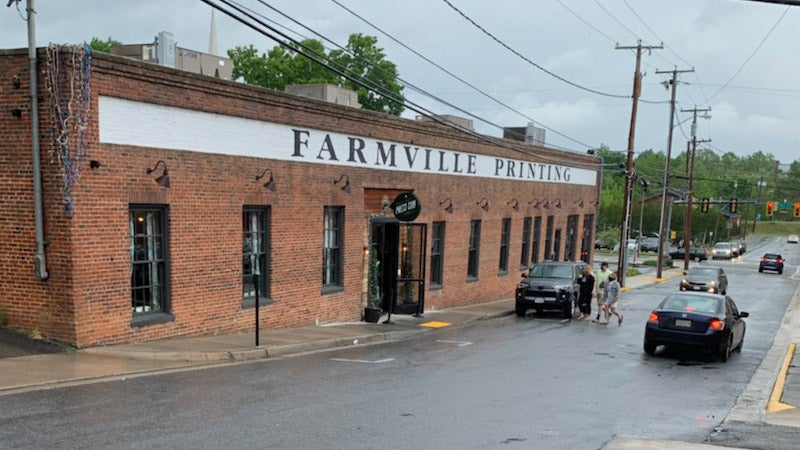Southern tradition: Black-eyed peas and cornbread ensure good luck
Published 1:04 pm Wednesday, December 30, 2015

- The ingredients for a traditional New Year’s dinner are as simple as the menu: Hoppin’ John, collard greens and skillet cornbread (stewed tomatoes are also good).
I have a New Year’s confession to make. For most of my life I did not eat black-eyed peas on New Year’s Day. No I wasn’t tempting fate — I grew up in the Midwest and didn’t know any better.
Furthermore, I had never seen, let alone tasted, a collard green before moving to Virginia. My education, I admit, was lacking. Today I’m a firm believer in the southern custom of consuming a New Year’s meal of black-eyed peas, collard greens and cornbread for good luck.
Luck notwithstanding; it makes for a delicious (and nutritious) meal to start off the new year.
The practice of eating black-eyed peas for luck is generally believed to date back to the Civil War. Union General Sherman and his troops ignored fields of black-eyed peas, planted as food for livestock, as they marched across the South destroying and stealing other crops. That oversight was fortunate for southern families who later relied on the humble but nourishing black-eyed pea for food.
The idea of eating black-eyed peas for luck actually goes back even further that the Civil War. In ancient Egypt during the time of the pharaohs, it was believed that eating a meager food like black-eyed peas showed humility before the gods, and as a result you would be blessed.
Whether you choose to follow the southern New Year’s tradition or not, black-eyed peas are a good source of nutrition. According to the U.S. Department of Agriculture, they are low in fat and sodium and contain no cholesterol. Black-eyed peas are also high in potassium, iron, and fiber; a one-half cup serving counts as one ounce of lean meat, according to the Food Guide Pyramid.
Hoppin’ John, the spiced-up version of the tradition black-eyed pea dish, is my personal favorite. It includes the traditional hog jowl as well as thinly sliced kielbasa and a few hot peppers to give it a kick. Even if you use dried peas, this recipe can easily be prepared on New Year’s Day before time for supper. For an even quicker version, substitute four 15-ounce cans of black-eyed peas, drained, for the pound of dried peas. (To cut out the overnight soaking of dried peas, place dried peas in a large pot with enough water to cover. Bring to a boil, place lid on the pot and remove from heat. After one hour, drain the peas and they are ready to use in your recipe — no soaking needed.)
As for the collard greens, the best choice is to pick them from the garden (yes, we do grow them now). If you don’t have the luxury of garden-fresh produce, when you go to the market look for leaves that aren’t wilted to ensure freshness. To store, place collards in a plastic bag and refrigerate — they will keep for up to five days. Collard greens can be sandy, so submerge them in water to loosen any grit.
To make real old-fashioned cornbread, use a cast iron skillet that has been pre-heated in a hot oven. I like to add corn (from our garden, now in the freezer) and a bit of hot pepper.
Today’s recipes provide the basis for a perfect New Year’s meal — good luck is sure to follow.
New Year’s Hoppin’ John
1 lb. black-eyed peas 3 T. olive oil
1 lg. onion, chopped 1 ham hock
1 jalapeno, sliced 2 garlic cloves
1/2 lb. kielbasa, sliced 1 green pepper
cooked rice
Rinse and soak black-eyed peas (see tip in story). Cook onion and chopped green pepper in hot oil, stirring, until tender. Add crushed garlic and cook 1 or 2 minutes longer. Add the peas, ham hock and 3 cups of water; bring to a boil. Reduce heat and simmer, covered, stirring occasionally, until the peas are tender, 1 to 1-1/2 hours. Remove ham hock to cool; then remove and chop any meat on the bone and add to pot; add sliced kielbasa and sliced or chopped jalapeno. Place lid on pot and let stand while cooking rice. Serve in bowls over rice with hot sauce, if desired. Makes 8 servings.
Classic Collard Greens
2 T. bacon drippings 1 c. onion, chopped
1/2 tsp. kosher salt 1/2 tsp. red pepper
1/4 c. cider vinegar 4 bunches collards
2 c. chicken broth
In a large Dutch oven heat bacon drippings and add onion; cook, stirring occasionally, for 8 minutes or until onion is tender. Add chopped collards gradually, stirring until wilted after each addition. Add remaining ingredients (except vinegar), cover and cook for about 25 minutes or until greens are tender. Stir in vinegar. Serves 8.
Old-fashioned cornbread
1/2 c. self-rising flour 1 c. corn
1/2 tsp. red pepper 1 c. milk
2 to 4 T. sugar 1/4 c. oil
1-1/2 c. self-rising cornmeal 2 eggs
Heat oven to 425 degrees. Spray a 10-inch cast iron skillet with cooking spray. Stir together corn meal, flour and sugar. In medium bowl mix eggs slightly with a fork. Stir milk and oil into eggs. Add dry ingredients and stir just to blend; add corn and hot pepper. Pour into skillet that has been pre-heated in the oven. Bake about 25 minutes until top is golden brown.


